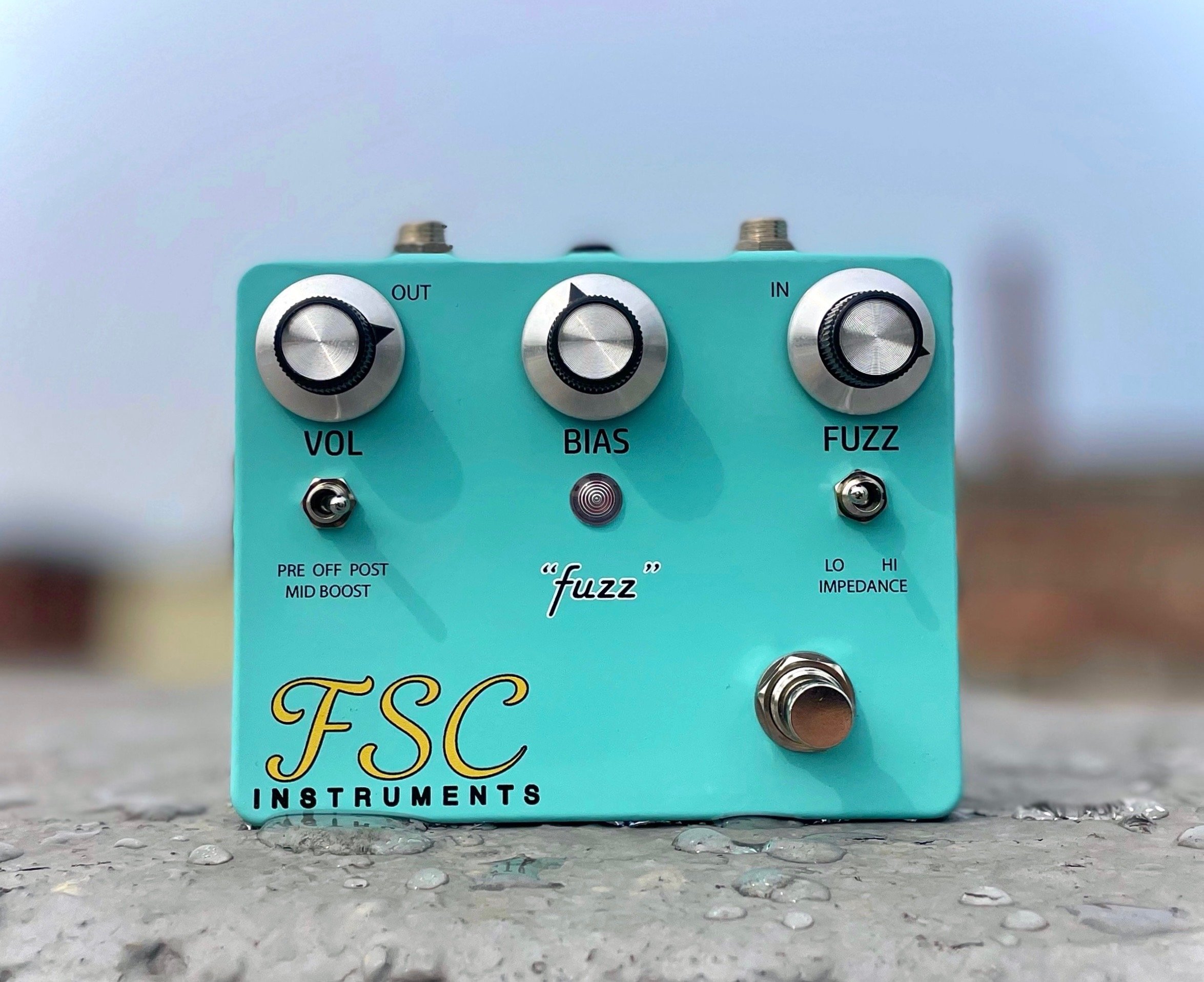I recently tested out a variety of guitar picks from a company called Chicken Picks. I had heard the name before but had yet to use any. I do have a variety of picks I keep around in case I need to swap a pick during recording to solve some tone issues. Picks act as an essential tone point when recording guitar or developing a sound.
Changing a pick is not the first place I start when adjusting tone as guitarists get comfortable with their picks. But if there is an overtone I can't get rid of or I have exhausted my other options, I reach for guitar picks. I have picks from different materials, weights, shapes, and sizes. It's surprising the difference a pick can make.




















